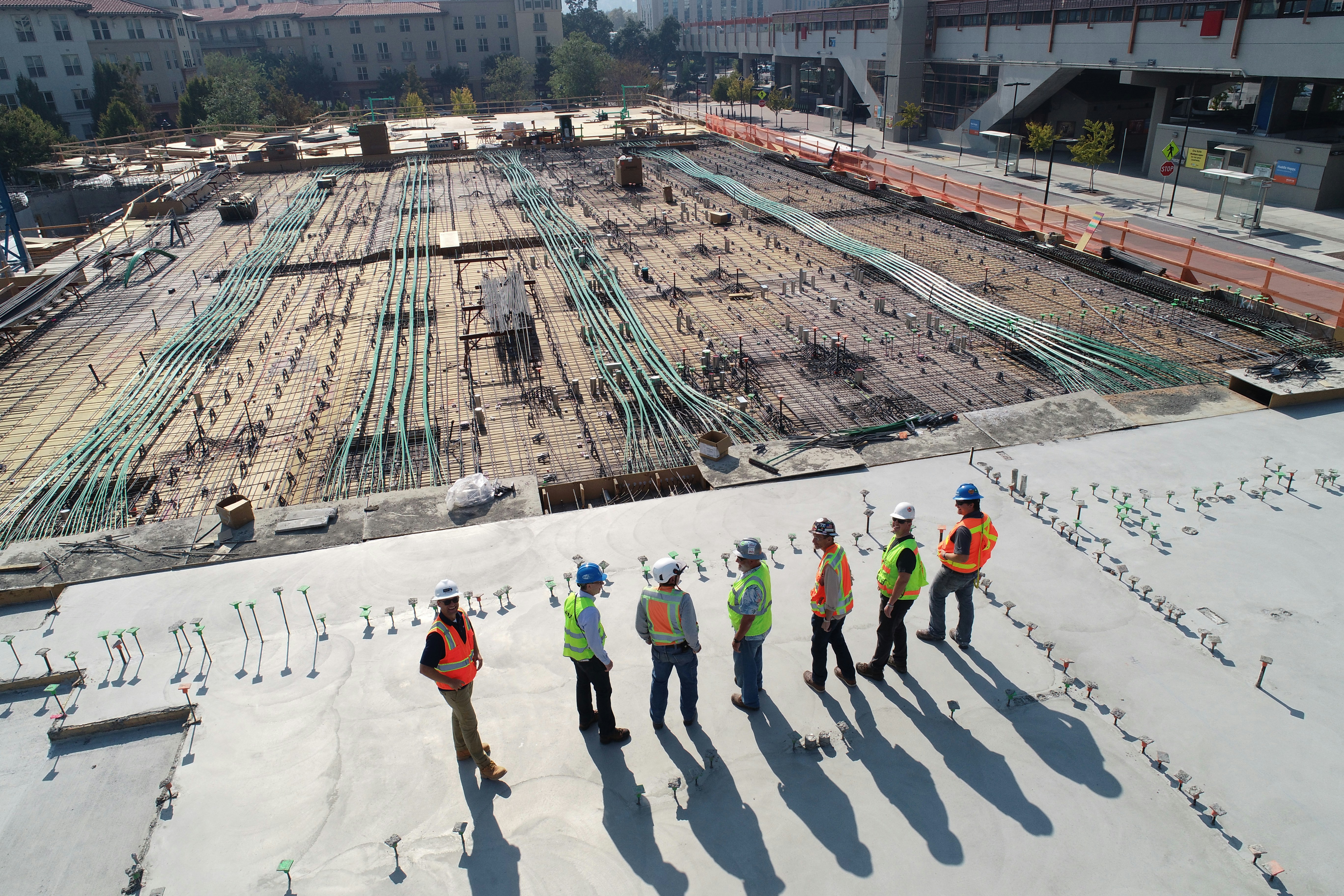
Skill gaps on construction sites are a reality that plagues the industry more than any traffic delay or supply shortage. With construction projects growing in complexity and scale, the mismatch between available skills and required expertise is glaring. These gaps delay projects, inflate costs, and sometimes compromise safety. It’s time we address these issues head-on.
The Persistent Problem of Skills Shortages
Let’s face it: the construction sector is no stranger to workforce shortages. Many workers are retiring, but fewer young people are choosing the trade as a career. To make matters worse, evolving techniques in building require skills that weren’t necessary a decade ago. As sites become more specialized, the available workforce often lacks the needed expertise, leading to a skills deficit that hampers progress.
This gap isn’t just a minor inconvenience; it’s a pressing issue affecting job productivity and safety. Under-trained workers make mistakes that can turn costly or, worse, hazardous. In a sector predicated on the strength and reliability of its products, “close enough” isn’t a viable option.
One lesser-discussed facet is the difficulty in transferring decades of tacit knowledge from experienced workers to newcomers. The informal lessons — those learned on the job — are difficult to formalize in any training regimen. Construction businesses must find strategies to bridge this generational knowledge gap, ensuring that invaluable experience does not walk out the door when seasoned professionals retire.
With these challenges, leveraging construction management software can be a strategic step. This can help in coordination and optimizing processes, ensuring the existing workforce can focus on core tasks rather than administrative bottlenecks, thereby indirectly addressing skills shortages.
The Education System’s Role
Our education system flips the spotlight onto the sector’s unacknowledged complications. A significant chasm exists between what classrooms teach and what the job demands. Trade schools and universities are often disconnected from industry trends and the requirements of present-day construction projects. This educational mismatch means graduates either enter the workforce unequipped or not at all.
If construction is to meet the ever-expanding needs of urban development, a collaboration between education providers and the industry is non-negotiable. Schools must adopt a curriculum that aligns with real-world job demands — think project management skills, environmental considerations, and emerging technologies.
Educational institutions, along with government bodies, should consider implementing policy changes that incentivize partnerships with the construction sector. Offering tax credits or subsidies for vocational training programs focused on evolving construction methods could serve as a significant motivator for both schools and businesses to invest in long-term skill-building initiatives.
Technology: The Double-Edged Sword
Yes, technology holds the potential to act as both a problem and a solution. New machinery, software, and methods offer better productivity and safety, but only if the workforce can effectively wield them. Otherwise, advanced tools just end up gathering dust or, worse, being used improperly.
The subsequent lesson is clear: tech training must become a requirement. Regular upskilling opportunities ensure that workers keep pace with tech advances, effectively utilizing new equipment and systems. Construction companies should commit to continuous training to leverage the full potential of technology on-site.
However, it’s important to recognize that technology can’t replace skilled human judgment. No software can completely replicate the competency and intuition developed by workers over years of practical experience. While technology can be a robust ally, the human element remains indispensable in construction, necessitating a balance between modern tools and skilled craftsmanship.
Bridging the Gap: How to Forge Forward
The solution isn’t a complicated jigsaw puzzle but a matter of policy and practice. Here’s how we can address the skills gap in construction:
- Better Training Practices: Companies can partner with educational institutions to ensure students are learning relevant skills. Learning must extend beyond traditional classrooms to include apprenticeships and on-the-job training.
- Attracting Talent: It’s high time the brand of a construction job underwent a makeover. Presenting it as a lucrative tech-enabled career choice might just entice a new generation of workers.
- Continuous Development: Engage with workers at all levels to develop career progression plans, ensuring skills for today and tomorrow are both covered.
Retention of young professionals is as significant as recruitment. Implementing mentorship programs where new recruits pair with veterans to experience hands-on learning not only aids in skills transfer but also cultivates a sense of belonging and purpose, reducing turnover rates in the long run.
Conclusion
The construction industry must tackle the skills gap not as an isolated issue but as a steadfast commitment to growth and excellence. With the right focus on education, tech prowess, and a refreshed approach to talent acquisition, the future of this sector can be more robust. It starts with acknowledging the gap and transforming it into an opportunity for development and innovation. Now’s the time to build a workforce as solid as the structures it creates.